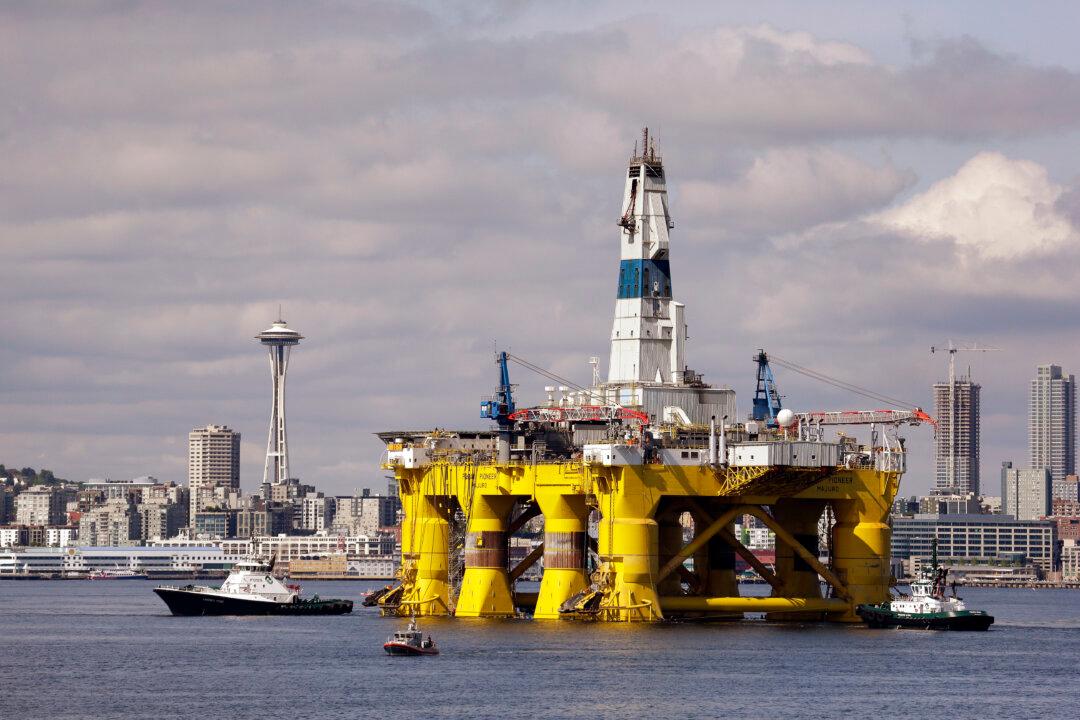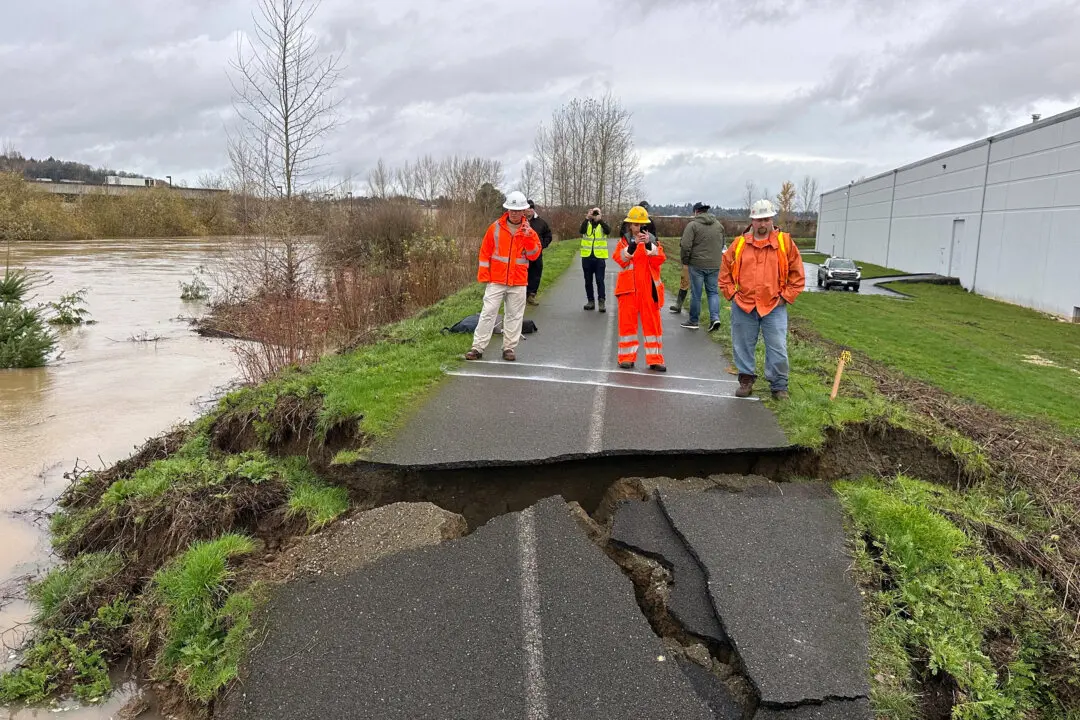NUIQSUT, Alaska—Rising from the edgeless, wind-scoured, snow-covered tundra on Alaska’s North Slope lies a million-pound drilling rig pulling the first commercial oil from a reserve set aside nearly a century ago.
ConocoPhillips is the first oil company to draw crude from the National Petroleum Reserve-Alaska, an area the size of Indiana which President Warren G. Harding dedicated as an emergency oil supply for the U.S. Navy in 1923.
Getting to this point took compromises with Alaska Natives while keeping environmental concerns in mind. The Bureau of Land Management, which controls the reserve, in 2013 identified 12 million acres that could be available for development while setting aside 11 million acres to protect wild animals and grazing lands.
The drilling rig first began pulling up oil in October, and at peak production will produce 16,000 barrels a day from the Colville-Delta 5 field, or as it’s more commonly known, CD5. It also will serve as a launch pad for another nearby fields in Alaska’s Arctic.
The Colville-Delta 5 field itself is an extension of the ConocoPhillips’ Alpine field, located about five miles to the east.
“We’ve spent more than a dozen years trying to achieve the permits to do the development, to complete the development,” Jim Brodie, the capital projects manager for ConocoPhillips in the reserve, said of the $1 billion project earlier this month after reporters toured the North Slope facility last month. “It’s a sizable investment.”
The project included a 6-mile gravel road, four bridges over channels of the Colville River, including one 1,400 foot-expanse, 32 miles of pipelines, and miles of communications and electrical infrastructure that tie the field back to the main Alpine facilities. Oil that is being brought up goes back to Alpine for processing, and then is sent 800 miles down the trans-Alaska pipeline for shipment out of Valdez.
The oil is being drilled on surface land which is owned by Kuukpik Corp., an Alaska Native village corporation for the nearby community of Nuiqsut, located about 25 miles south of the Arctic Ocean, or 625 miles north of Anchorage.





